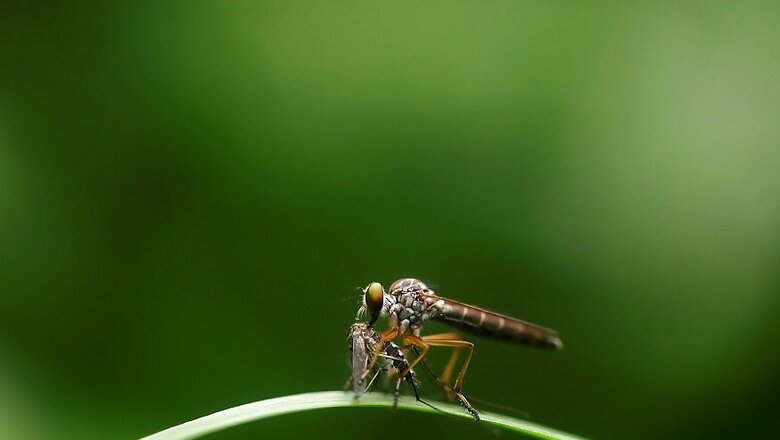
views
The Guntur Municipal Corporation (GMC) formed 30 teams to conduct house-to-house inspections. Following incessant rains, water stagnation and waterlogging, a number of places across India have seen a rise in seasonal diseases and mosquito-borne diseases like malaria, chikungunya and dengue.
According to directions given by district collector I Samuel Anand Kumar, the GMC has identified 30 high-risk areas in the city and have already chalked out a comprehensive plan to cover every house in the area, New Indian Express reported.
The programme was launched on October 9 and will continue till November 30, with teams being constituted of MEPMA, DMHO, malaria department, sanitary and engineering wings of GMC.
The teams have been conduction inspection and if any seasonal disease is being found in the household, they are collecting blood samples. Furthermore, they are creating awareness against open stagnant water by distributing pamphlets on precautionary measures, fogging and other anti-larval activities, to curb breeding ground of mosquitoes.
Each team has been inspecting 250 houses every day with the areas being focused on being Srinivasarao Thota, Nagarampalem, Akulavari Thota, Raghuram Nagar, AT Agraharam, Kankaragunta, Pattabhipuram, Stambhalagaruvu, Gujjanagundla, Vidya Nagar, Devapura and Brodipet.
The ability of mosquitoes to be able to carry and spread disease to humans causes millions of deaths every year. In fact, according to WHO, in 2015, malaria alone caused 438 000 deaths. Furthermore, the worldwide incidence of dengue has risen 30-fold in the past three decades and more and more countries are reporting outbreaks. The Aedes aegypti mosquito transmits zika, dengue, chikungunya and yellow fever to humans and more than half of the world’s population live in areas where this mosquito species is present, increasing the risk manifold.




















Comments
0 comment